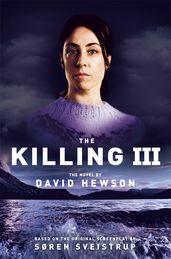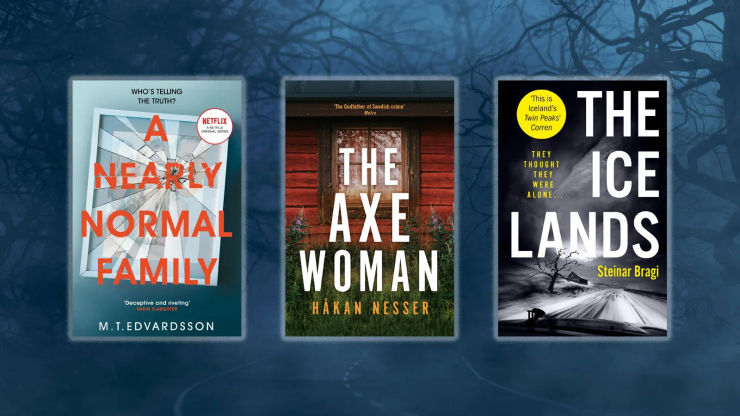David Hewson
Former Sunday Times journalist David Hewson is well known for his crime-thriller fiction set in European cities. He is the author of the highly acclaimed The Killing novels set in Denmark, the Detective Nic Costa series set in Italy and the Pieter Vos series in Amsterdam. The Killing trilogy is based on the BAFTA award-winning Danish TV series created by Søren Sveistrup and produced by DR, the Danish Broadcasting Corporation.
While he lives in Kent, Hewson's ability to capture the sense of place and atmosphere in his fiction comes from spending considerable research time in the cities in which the books are set: Copenhagen, Rome, Venice and Amsterdam.
Books by David Hewson
Series by David Hewson





